The Wife of My Ex Forced My 16YO to Babysit Their Newborn at Night—So I Took Matters Into My Own Hands

The year is 2160. The place? The Pacific Ocean. Off the coast of Japan. The ocean seems calm. At least the surface does... The ocean floor is cracking right now. Boom!
The Earth opens up, magma shoots out. The crack in the ocean floor triggers an earthquake and a massive amount of energy shoots into the ocean.
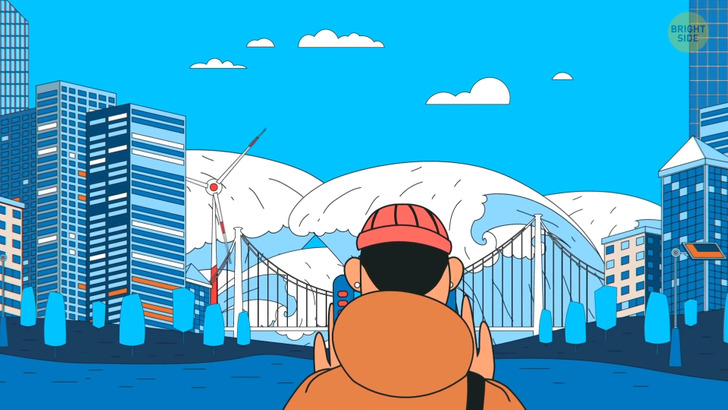
And now for gravity to get involved. It pulls the water down and makes it move faster and faster. It’s a tsunami! A wave as high as a skyscraper plows toward Tokyo at 500 mph! That’s millions of tons of water! It would be awesome to take a picture of it, but there’s no time to admire the power of nature.
The tsunami’s about to hit Tokyo Bay! The tsunami smashes ashore and starts attacking the largest structure on the planet, the Tokyo Pyramid Metropolis. It’s 6,600 ft tall. That’s 5 times the height of the Empire State Building!
Imagine if the entire population of Denver, Colorado, lived and worked in one building. The Tokyo Pyramid Metropolis, TPM, can handle 750,000 people at a time. Incredibly... the structure withstands the impact and most of the tsunami’s energy seems to have just disappeared. This time, engineering stands up to nature!
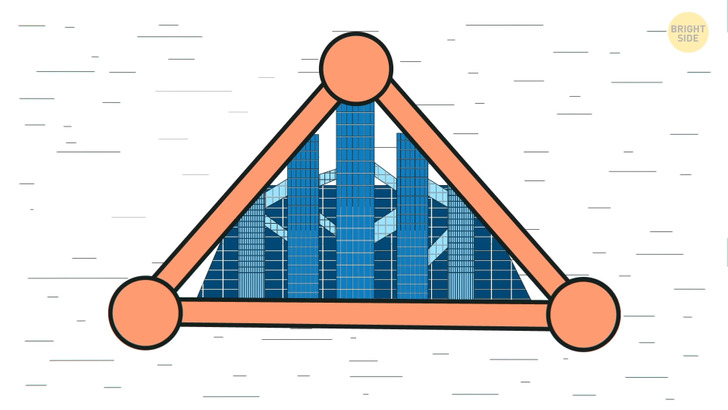
TPM was built by the Shimizu corporation, which was founded in 1804! The pyramid is the most stable structure around. If you don’t believe me, go to Egypt and see the Great Pyramid of Giza. It’s lasted 4,500 years, and it’s still going strong. The TPM is built on water and consists of 204 individual pyramids. They look like bunches of grapes stacked on top of each other, 8 tiers in all. Only in this case, each grape is the size of a Vegas casino!
The TPM’s actually hollow... that’s how it defends itself against typhoons and tsunamis. It doesn’t meet the wind and waves head on, but lets all that energy just pass right through it. Robots and autonomous control systems run this place. It runs on solar, wind and wave energy! The pyramids are connected by passages, all in all about 85 mi worth. They connect everything and are maintained by AI that always finds you the fastest way to get from Pyramid A to Pyramid B.
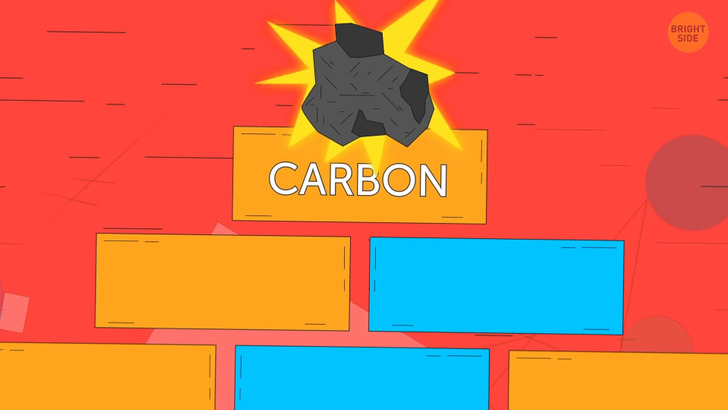
The TPM’s obviously the city of the future... But human tech isn’t quite ready for it just yet. Originally, engineers decided to install the pyramid on 36 columns, all dug into the ocean-bed. If you built a pyramid that size out of steel and concrete, you’d be looking at 50 million tons of load press in on itself. The TPM would have collapsed under its own weight and imploded into the ocean. They needed something a thousand times lighter than concrete and stronger than steel.
So what’s this futuristic material? Look at this old guy. It’s the first car on the planet with an internal combustion engine. It hit the road in 1885. And this is the first artificial satellite that humans launched into space.
It only took an evolutionary blip to go from the first horse-less carriage to our first flight into space. That TPM’s not looking so ridiculous, we can do anything! The solution is carbon, and it’s everywhere. It’s the rod in your pencil and the diamond in your crown, or ring, or industrial drill.
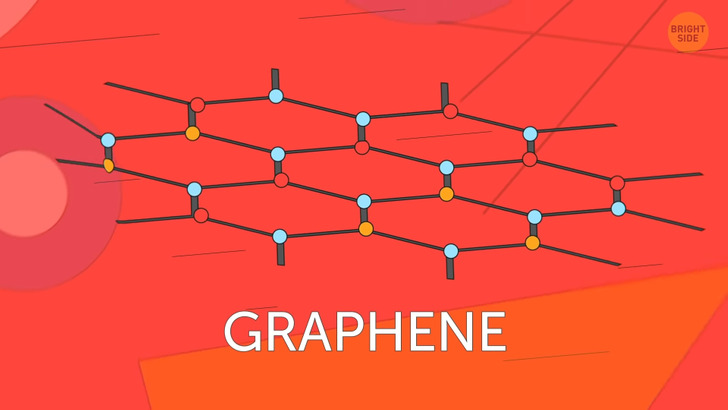
But we don’t just need ordinary Carbon, we need Graphene. It’s a type of carbon we can make nanotubes out of. They’re thinner than a human hair, but 400 times stronger than steel. And most importantly, they’re light!
Nanotubes aren’t affected by chemicals, oxygen, or water... perfect for the TPM! That’s just a fancy way of saying the thing’s not gonna rust! Shimizu has plans for a power station on the moon, an underwater city, transforming the Sahara desert into a huge oasis, and much more. But they aren’t the only ones changing the planet.
The Netherlands is the size of 2 New Jerseys, and about 30% of it is below sea level. To protect their country from water, the Dutch built dams, lots of them. But that’s just defense. In 1986, they decided to go on offense and take back some of the land from the sea.
The first dam was 19 mi long. It basically turned a bay into a lake. The second dam sealed the deal. After 42 years of work, the Netherlands got itself a whole new province, larger than Los Angeles! Humans have done the same thing all over the world, like in Hong Kong, the Philippines, Italy. Hey, take that, water!
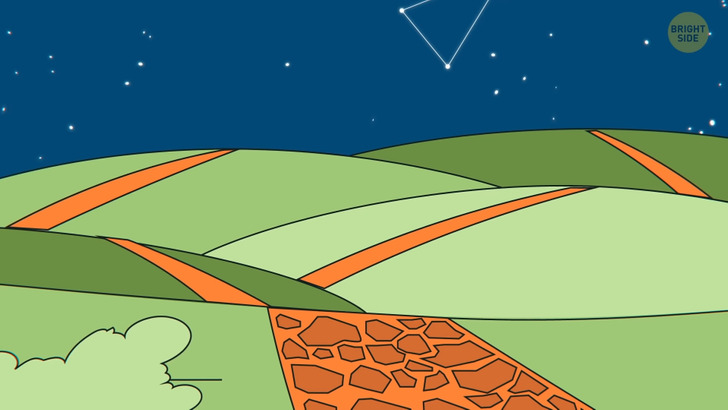
What about building stuff on land that’s already... land? Before NASA’s missions to Mars, the most expensive project in history was the construction of the interstate highway system in the United States. It took about 35 years to finish. In today’s money, it cost about 530 billion dollars. All that cash bought 46,000 mi of road. That’s almost 2 times round the globe! There are over 270 million vehicles in the US, more than Japan, Brazil, India and Germany combined!
But in terms of sheer effort, the roads of Rome were way more impressive. Over 2,000 years before the first automobile, the Romans built a huge network of roads, 50,000 mi long. They connected Ireland with Egypt and Turkey with Spain. The roads were pretty safe, and travelers could stay in hotels, dine in cafes, or mail a letter at the nearest post office.
Only about 30% of the Earth’s surface is land. The world’s oceans, rivers and lakes are full of life, and it seemed like a ridiculous task to catalog everything living in there. But 2,700 scientists from 80 countries decided to team up to do it. The cost: $650 mln.
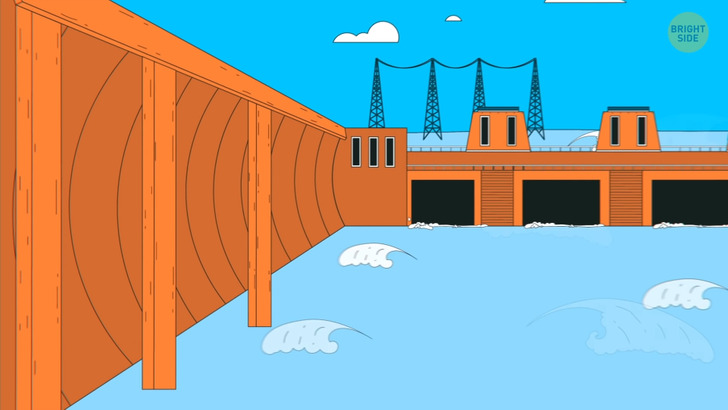
Those scientists spent 10 years searching for old and new species, it was one of the biggest science projects ever attempted. They even discovered about 6,000 new species of fish, squid, and algae. The Great Wall of China is huge. 13,000 mi of walls, natural barriers and trenches! That’s about 2 times the distance from Alaska to Australia. They built it over a period of 2 thousand years, with no trucks, bulldozers, electricity... just raw people power!
Modern China’s not exactly dropping the ball. In two years, China used more concrete for construction than the US ever did... I mean ever! Roads, cities, airports — everything there is huge. The Three Gorges Dam is definitely the New Great Wall of China.
Over 7600 ft long, and 600 ft high. You’re looking at 3 times more concrete and steel than the Hoover Dam! It’s the largest concrete structure in the world and cost about $37 billion. More than a million people had to pack up and move to make way for it!
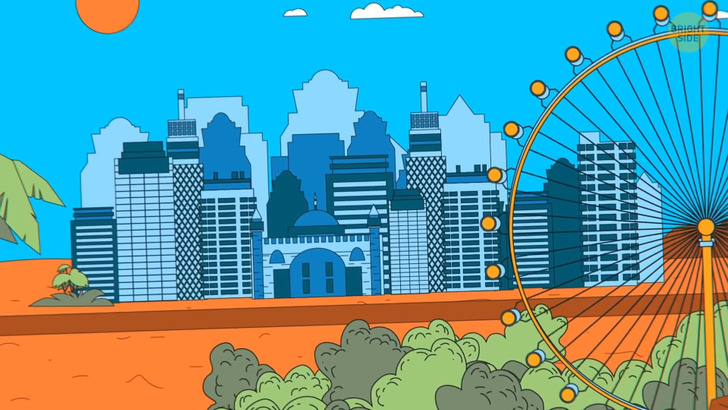
Switzerland has the longest and deepest railway tunnel on the planet. Under the snowy Alps, builders dug 35 miles of tunnels. Every day 200 freight and passenger trains pass through it. The amount of rock they took out to make the tunnel is about the same as 5 Great Pyramids! The whole thing cost about $12 billion.
Egypt’s one of the oldest nations on the planet. But now they’re building one of the newest cities! It’s gonna be about the size of Singapore and filled with 6 million lucky people. There’s gonna be apartments, government buildings, entertainment... even an opera house.
Oh, and a park that’ll make Central Park look like someone’s back yard. When it’s finished, it’ll be Egypt’s new capital. So why bother? Well, by 2050, Cairo’s gonna have about 40 million people in it! Looks like they’ll need more than 1 new city!
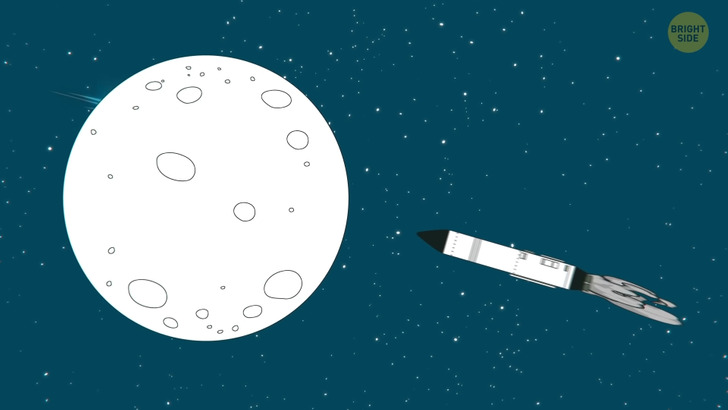
The first flights to the moon cost about $280 billion in today’s money! But SpaceX isn’t letting price get in its way. The company plans to build a colony on Mars with a population of 1 million by 2050. They claim that once the program starts, you’ll be able to buy a ticket to Mars for as little as $100,000.
But the biggest science project ever is definitely the International Space Station. It weighs as much as two Boeing 747s and zooms through space at the speed of...17, 500 miles per hour. That pencils out to be 5 miles per second.
The station orbits the Earth 16 times per day, and it doesn’t come cheap. Luckily a whole bunch of countries share the bill. But it’s definitely the most expensive room-service anywhere in the galaxy. It costs $10,000 to deliver a bottle of water from Earth to the Space Station. Hey, at that price I think it’s important to ask: sparkling or still?











